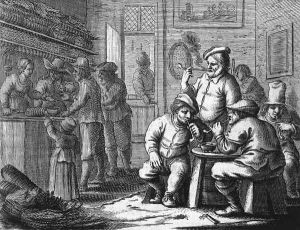Johan van Beverwijck Paintings
Johan van Beverwijck was a notable figure not primarily for his contributions to art, but to the field of medicine and science in the 17th century. Born in Dordrecht, Netherlands, in 1594, van Beverwijck became an important Dutch physician, anatomist, and writer. His work was not in creating visual art but rather in contributing to the medical literature of his time. He studied medicine in Leiden and later in Padua, Italy, which was a major center for medical learning during the Renaissance.
Van Beverwijck returned to Dordrecht after completing his studies, where he served as the town physician. He made significant contributions to the understanding of anatomy and medicine in an era when the scientific revolution was beginning to transform how the human body and health were understood. He was a contemporary of other notable Dutch figures, such as René Descartes and was known to have engaged in correspondence with him.
Johan van Beverwijck's written works include 'Schat der Gesontheyt' (Treasure of Health) and 'Schat der Ongesontheyt' (Treasure of Unhealthiness), among others. These publications were well-received and translated into several languages, reflecting his reputation across Europe. His books combined medical knowledge with a moralistic view, reflecting the holistic approach to health common at the time, which included considerations of lifestyle and moral well-being.
He is also known for his defense of female intellectuals in his book 'Van de Wtnementheyt des Vrouwelicken Geslachts' (On the Excellence of the Female Sex), which was progressive for his time. Van Beverwijck argued against prevailing sexist views and supported the idea that women could be as intellectually capable as men.
Johan van Beverwijck's death in 1647 marked the loss of a significant figure in the history of medicine. While he may not be remembered as an artist in the traditional sense, his scientific and literary works are a testament to the rich intellectual culture of the Dutch Golden Age, bridging the gap between medieval and modern medicine.
